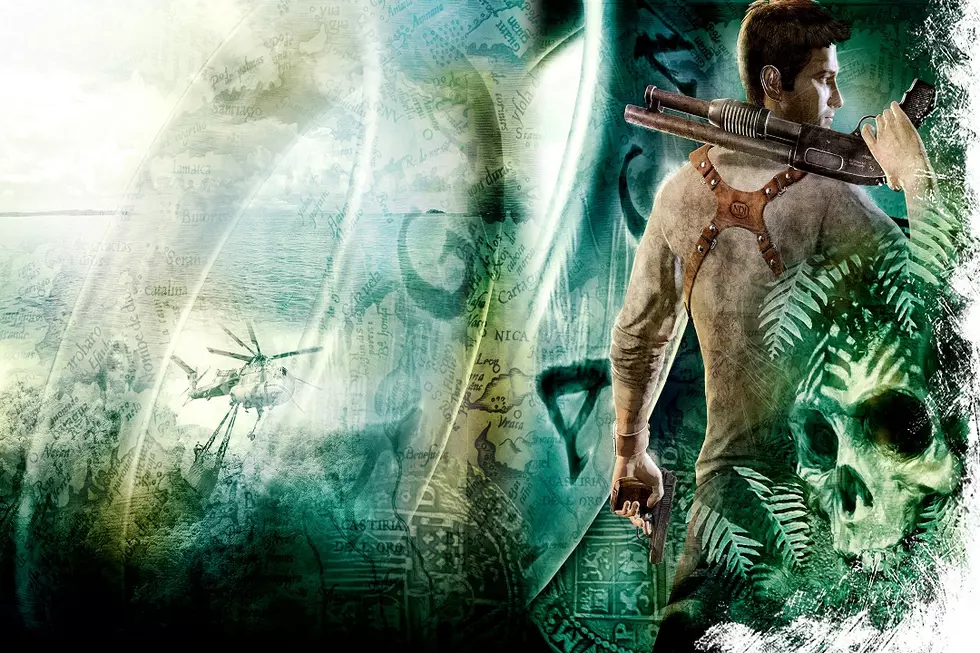
Slaying Nazis and Kickstarting A Genre: A Celebration of Wolfenstein 3D
The first-person shooter has ventured a very, very long way from its roots. Commonplace practice these days in any large scale FPS is a blend of fast-paced action, cinematic set pieces and integrated story told throughout a player’s lead-emblazoned escapades. Even Doom has seemed to go the way of this trend, blending a hellish cornucopia of environmental and active storytelling with it’s classic run n’ gun formula. That said, you don’t get any of it without the innovative granddaddy of the whole genre. Even before there was Doom, there was Wolfenstein 3D and today we celebrate its release on May 5, 1992.
Wolfenstein 3D was actually the third game in the series. Originally developed as a stealth action game by Muse Software, id Software would gain rights to the franchise only by way that Muse allowed the trademark to lapse, making it legally available. Legendary designers John Romero and Tom Hall set plans in motion as early as 1990. In fact, John Romero mentioned in a video session with IGN that a certain level in the 1990 Commander Keen 5 featured a swastika as a means to convey a message that id Software was actively working on a Wolfenstein game.
Wolfenstein 3D was initially conceived as something much closer to its source material. The original design ideas featured stealth mechanics and dragging bodies to conceal them, but when it was found that this slowed down gameplay, the idea was scrapped. The team had developed a new 3D engine that could very fast on even weak PCs at the time and wanted a game that appropriately convey that speed. Thusly, Wolfenstein 3D was reworked as what would become one of the first examples of a run n’ gun first-person shooter.
The game was originally planned on what used to be a shareware style of distribution. id Software designed the game as a trilogy, the first of which contained ten levels and was free to share, copy, and play. The other two episodes could only be obtained through commercial purchase of the game. This type of distribution became commonplace for Apogee Software, who published the game, in much of their other content.
Wolfenstein as a whole, and especially Wolfenstein 3D, is also credited as popularizing World War II as a setting for video games. The story tells of an allied spy known as William “B.J.” Blazkowicz who is attempting to escape from the Castle Wolfenstein, a Nazi prison. B.J.’s journey eventually culminates in a showdown with Adolf Hitler himself and after a fierce firefight, B.J. famously turns Hitler into bloody pile of bones and organs. Because of this scene and the Nazi imagery throughout the game, it was controversial in many markets. Germany outright banned the game and Nintendo required the game to be heavily edited with all blood and Nazi imagery removed for its Super Nintendo port.
The game caught on like wildfire and established an entire genre on its own. Whether it is the first actual first-person shooter or not, it is the game that popularized them. Wolfenstein 3D set most of the conventions games would follow for this game in place for decades and even today’s shooters can be traced back to the Wolfenstein 3D design. The first-person shooters we have now might be much more massive in scope and content, but the influence of the initial innovation can’t be denied.
More From Arcade Sushi









